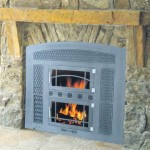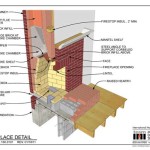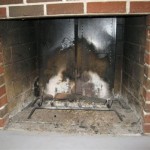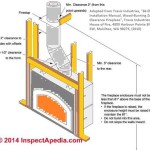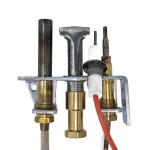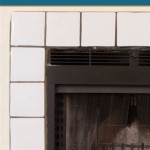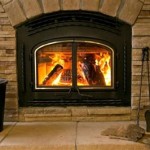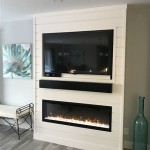Gas Heater Fireplaces: Enhance the Ambiance and Warmth of Your Home
Gas heater fireplaces are a captivating and functional addition to any home. They provide the warmth and ambiance of a traditional fireplace without the need for firewood, making them a practical choice for contemporary living spaces. However, selecting the right gas heater fireplace requires an understanding of its essential aspects.
Types of Gas Heater Fireplaces
Natural Gas Fireplaces: These fireplaces connect directly to a natural gas line, offering a constant and efficient source of heat. They are typically more cost-effective than propane fireplaces.
Propane Fireplaces: Propane fireplaces require a portable propane tank or a dedicated propane line. They are more versatile than natural gas fireplaces and can be easily moved or installed in areas without a gas line.
Heating Efficiency
The heating efficiency of a gas heater fireplace is measured by its Annual Fuel Utilization Efficiency (AFUE) rating. A higher AFUE rating indicates that the fireplace converts more gas into heat and minimizes heat loss. Look for fireplaces with AFUE ratings above 80% for optimal energy efficiency.
Fireplace Design
Gas heater fireplaces come in a wide variety of designs, from traditional wood-burning stoves to modern linear models. Consider the overall aesthetics of your home and choose a fireplace that complements its style.
Firebox Size: The firebox size determines the amount of heat and ambiance the fireplace provides. Larger fireboxes produce more heat and create a grander visual effect, while smaller fireboxes are more suitable for smaller spaces.
Remote Control: Many gas heater fireplaces come with remote controls, allowing you to adjust the flame height, temperature, and even schedule timers for convenient operation.
Safety Features
Safety should be a top priority when choosing a gas heater fireplace. Look for models that incorporate the following safety features:
Oxygen Depletion Sensor: This sensor detects when oxygen levels in the room fall below a safe threshold and automatically shuts off the fireplace to prevent gas buildup.
Overheat Protection: This feature prevents the fireplace from overheating and causing potential damage or safety hazards.
Flame Monitoring System: The fireplace continuously monitors the flame and turns off the gas supply if the flame becomes unstable, ensuring safety in the event of a malfunction.
Installation and Maintenance
Proper installation and maintenance are crucial for the safe and efficient operation of a gas heater fireplace. It is highly recommended to hire a qualified professional for installation and regular inspections to ensure adherence to safety codes and optimal performance.
Annual Maintenance: Have your gas heater fireplace serviced annually by a qualified technician to clean the burners, inspect the gas line, and perform any necessary adjustments.
Conclusion
Gas heater fireplaces offer a convenient and attractive way to enhance the ambiance and warmth of your home. By considering the types, efficiency, design, safety features, and installation requirements, you can select the perfect gas heater fireplace to complement your needs and create a cozy and inviting living space.

Gas Fireplaces Inserts Stoves And Heaters The Hearth

Lakefield Xl Direct Vent Freestanding Gas Fireplace Stove Kozy Heat

Gas Stoves Made In Usa Lopi

Do Gas Fireplaces Heat A Room Contact The Flame Company Today

23 500 Btu Vented Dual Fuel Cast Iron Gas Stove Heater Ag23 The Home Depot

Williams 35 000 Btu Fireplace Front Liquid Propane Gas Room Heater 3502921a The Home Depot

Kingsman Gas Fireplace Zcv39h Hvacdirect Com

Gas Fireplaces Inserts Stoves And Heaters The Hearth

Timberwolf Tdi3n Gas Burning Fireplace Insert Rockford Chimney

Can Gas Fireplaces Lead To Carbon Monoxide Poisoning
Related Posts

